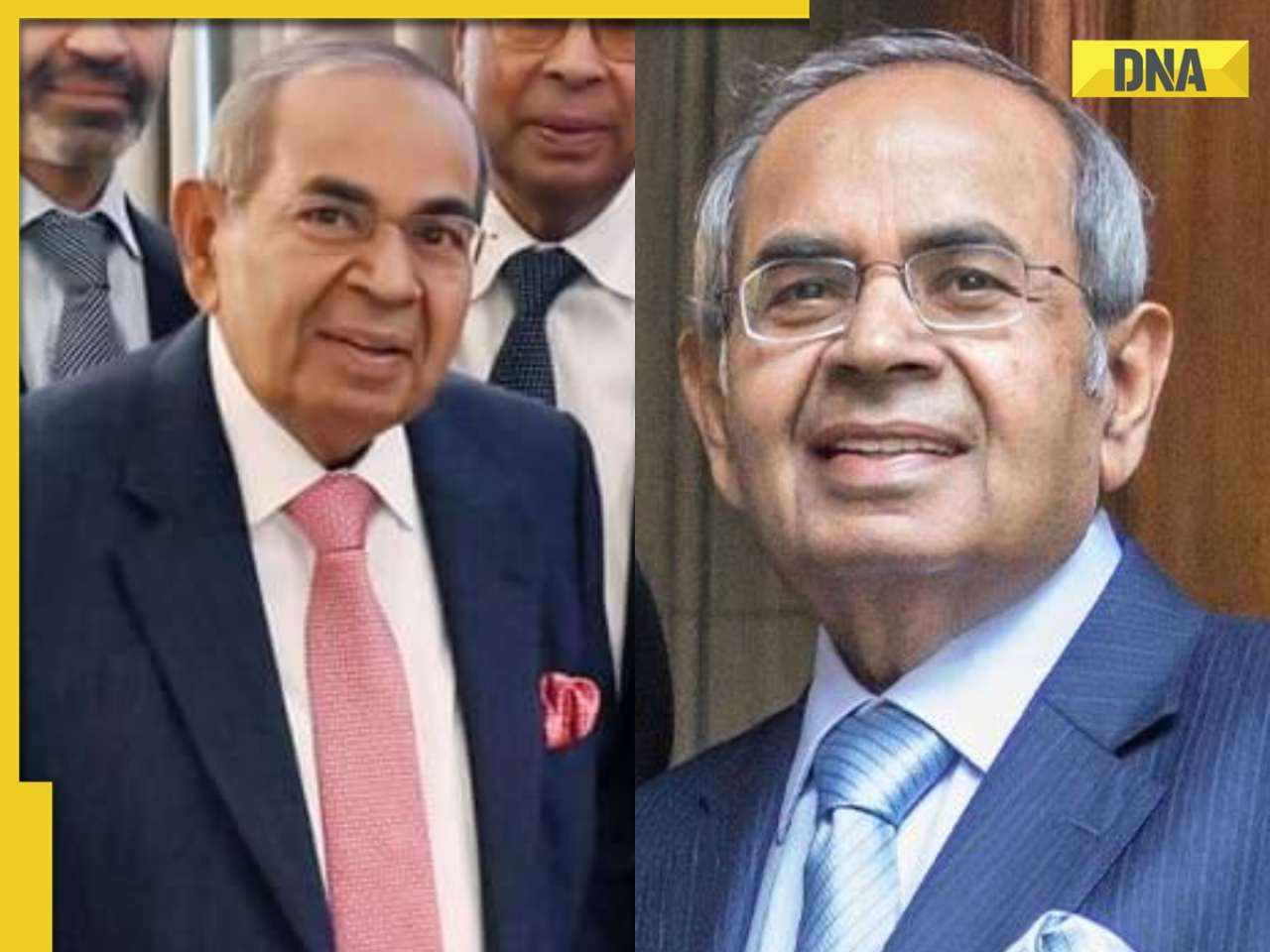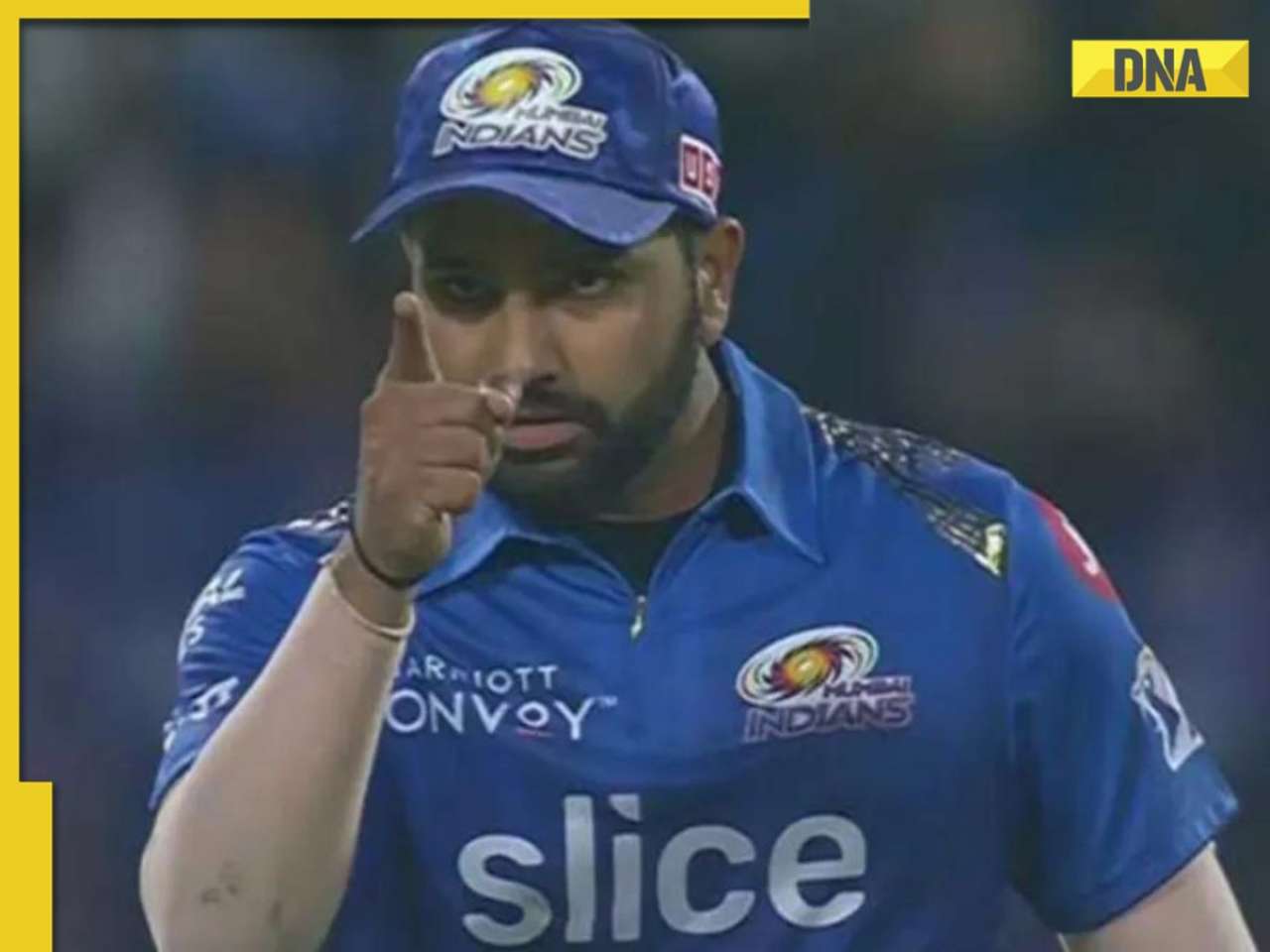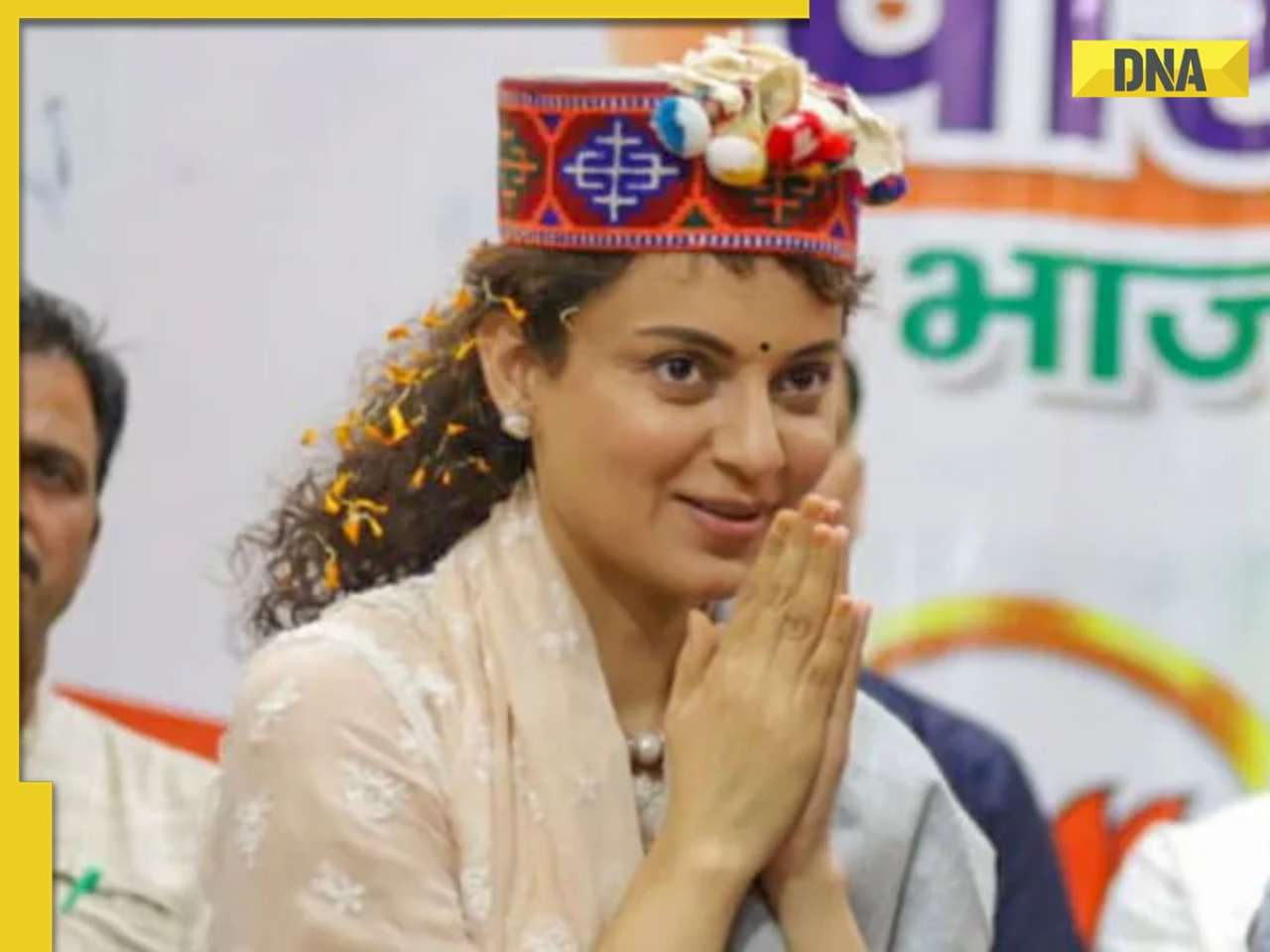Gold which has seen a downward spiral in the recent past and stooped to a five-year low, is unlikely to remain in dumps for a long period. But an immediate rebound in prices may be a little far-fetched, say industry experts.
Has the yellow metal lost all the glitter?
Gold which has seen a downward spiral in the recent past and stooped to a five-year low, is unlikely to remain in dumps for a long period. But an immediate rebound in prices may be a little far-fetched, say industry experts.
In fact, industry experts predict a further drop to even $900 per troy ounce (equivalent to 31 grams) as the prospect of interest rates hike in the US is imminent, and the US dollar keeps strengthening. If the interest rates do not rise in the US, the gold prices are expected to rebound sharply.
In India, however, the fall in gold prices has been far lower than the global prices, following a strong domestic demand with Indians consuming 800 to 1,000 tonnes of gold annually. India, China and the US are the world's largest markets for gold, according to World Gold Council.
Prices this week slumped to the lowest since 2010. According to a report by India Ratings, the rout is deepening amid mounting speculation that the US interest rates will climb this year, curbing the appeal of bullion because it doesn't pay interest like competing assets. At the same time, China bought less of the metal than analysts were expecting, and the dollar keeps getting stronger.
The gold is expected to loose more of its sheen as the US economy rebounds and the interest rates begin to rise in the US, triggering withdrawal of gold investments.
Jewellers are however happy. Ramesh Kalyanraman, executive director, Kalyan Jewellers, said, "With the gold prices falling, the footfalls to our showrooms have gone up by 20%. With the wedding season in August, the demand for gold is expected to go up further. There is always a healthy demand for gold in India."
Industry experts believe that the seed of the last round of price fall was in fact sown several years ago, in the aftermath of the 2008 financial crisis, when several gold exchange traded funds (ETFs) and financial investment structures were woven around the yellow metal financed by cheap debt. The US Federal Reserve had pumped in $84 billion a month to revive its economy, most of which was invested in gold assets, then. Now with the prospect of interest rates rising in the US, many of this cheap debt is getting repaid driving down the price and demand for gold.
Deep Mukherjee, senior director, India Ratings, said the quantitative easing (introduction of new money into the money supply by the central bank), post the 2008 financial crisis, led to a huge ramp-up of gold ETFs. "A lot of cheap debt that could have gone to other asset classes went into gold-related investments. Now with the prospect of interest rates rising many of this gold ETFs and gold-based financial structures are getting unwound. So there is a possibility of gold falling to $900 per troy ounce which is the level of the gold when the gold ETF inventory was very nominal," said Mukherjee, adding the prices will rebound sharply if the expected interest rate rise in the US does not materialize.
Gold experts said the fall in 2013 was the steepest when it fell from about $1800 per troy ounce to about $1300. However, as on Wednesday, the price is hovering around $1090 per troy ounce, marking the lowest since 2010.
According to the India Ratings report, "In the event of a US rate hike, global gold prices could drop and range between $900 per troy ounce to $1,050 per troy ounce. As such, the domestic price of gold may decline and range between Rs 20,500 - Rs 24,000 per 10gm."
The agency expects a higher rate hike to cause gold price to fall by 10%-25%."
People have stopped selling gold, and instead, they have begun pledging gold, making the gold non-banking finance companies (NBFCs) wary of lending against gold. There is no reason to panic among big NBFCs who generally maintain a loan-to-value ratio of 75%, but smaller companies are going slow on lending.
Thomas George Muthoot, director, Muthoot Fincorp, one of the biggest gold NBFCs in the country, said, "Individuals are no longer selling gold. Rather they are preferring to mortgage their gold assets. We have not asked customers to pay up (the margin) as the gold value mortgaged with us is falling because we have taken loan-to-value of 75%. But in cases where the customers are not repaying the interest, we have asked the customers to pay back the loans."
According to an analysis of the World Gold Council, economic growth leads to higher per capita income. "Our analysis suggests that holding all other things equal, for every 1% increase in global GDP, jewellery demand will grow by 5%. This is important because over the past ten years, jewellery demand has accounted for 60% of demand. If we look at emerging countries, it is clear that increases in wealth drive jewellery and investment demand.
China and India are excellent examples – as people have become richer, gold demand has increased."
With a billion new urban consumers in India and China alone, this decade with higher incomes and an affinity to gold, WGC expects to see the demand for gold increase, irrespective of short term price fluctuations.
Chirag Mehta, senior fund manager - Alternative Investments, Quantum AMC, said that gold markets will continue to remain fixated on interest rate hike in the US. We can't rule out the probability of any further correction, prices should find some support from the cost of production dynamics and the ongoing theme of diversification of investments and reserves."
![submenu-img]() Meet man, an Indian, whose family topped list of richest people in the UK with net worth of...
Meet man, an Indian, whose family topped list of richest people in the UK with net worth of...![submenu-img]() Pune: Tanker explodes in Pimpri Chinchwad, nearby hotels, houses and parked trucks damaged
Pune: Tanker explodes in Pimpri Chinchwad, nearby hotels, houses and parked trucks damaged![submenu-img]() Rohit Sharma lashes out at IPL TV broadcaster for 'breach of privacy'
Rohit Sharma lashes out at IPL TV broadcaster for 'breach of privacy'![submenu-img]() Heeramandi lyricist AM Turaz on Azadi: 'Women's contribution in Indian freedom movement has never been...' | Exclusive
Heeramandi lyricist AM Turaz on Azadi: 'Women's contribution in Indian freedom movement has never been...' | Exclusive![submenu-img]() Kangana Ranaut reveals if she will quit films after winning Lok Sabha elections, calls Bollywood 'jhoothi duniya'
Kangana Ranaut reveals if she will quit films after winning Lok Sabha elections, calls Bollywood 'jhoothi duniya'![submenu-img]() Meet IAS officer, daughter of milk vendor, who cracked UPSC in second attempt, secured AIR...
Meet IAS officer, daughter of milk vendor, who cracked UPSC in second attempt, secured AIR...![submenu-img]() UGC NET June 2024: Registration window closes today; check how to apply
UGC NET June 2024: Registration window closes today; check how to apply![submenu-img]() Meet IAS officer, son of teacher from Rajasthan, who cracked UPSC after multiple failed attempts, secured AIR...
Meet IAS officer, son of teacher from Rajasthan, who cracked UPSC after multiple failed attempts, secured AIR...![submenu-img]() Meet IIT graduates, three friends who were featured in Forbes 30 Under 30 Asia list, built AI startup, now…
Meet IIT graduates, three friends who were featured in Forbes 30 Under 30 Asia list, built AI startup, now…![submenu-img]() Meet woman who cracked UPSC in fourth attempt to become IAS officer, secured AIR...
Meet woman who cracked UPSC in fourth attempt to become IAS officer, secured AIR...![submenu-img]() DNA Verified: Is CAA an anti-Muslim law? Centre terms news report as 'misleading'
DNA Verified: Is CAA an anti-Muslim law? Centre terms news report as 'misleading'![submenu-img]() DNA Verified: Lok Sabha Elections 2024 to be held on April 19? Know truth behind viral message
DNA Verified: Lok Sabha Elections 2024 to be held on April 19? Know truth behind viral message![submenu-img]() DNA Verified: Modi govt giving students free laptops under 'One Student One Laptop' scheme? Know truth here
DNA Verified: Modi govt giving students free laptops under 'One Student One Laptop' scheme? Know truth here![submenu-img]() DNA Verified: Shah Rukh Khan denies reports of his role in release of India's naval officers from Qatar
DNA Verified: Shah Rukh Khan denies reports of his role in release of India's naval officers from Qatar![submenu-img]() DNA Verified: Is govt providing Rs 1.6 lakh benefit to girls under PM Ladli Laxmi Yojana? Know truth
DNA Verified: Is govt providing Rs 1.6 lakh benefit to girls under PM Ladli Laxmi Yojana? Know truth![submenu-img]() Kiara Advani attends Women In Cinema Gala in dramatic ensemble, netizens say 'who designs these hideous dresses'
Kiara Advani attends Women In Cinema Gala in dramatic ensemble, netizens say 'who designs these hideous dresses'![submenu-img]() Influencer Diipa Büller-Khosla looks 'drop dead gorgeous' in metallic structured dress at Cannes 2024
Influencer Diipa Büller-Khosla looks 'drop dead gorgeous' in metallic structured dress at Cannes 2024![submenu-img]() Kiara Advani stuns in Prabal Gurung thigh-high slit gown for her Cannes debut, poses by the French Riviera
Kiara Advani stuns in Prabal Gurung thigh-high slit gown for her Cannes debut, poses by the French Riviera![submenu-img]() Heeramandi star Taha Shah Badussha makes dashing debut at Cannes Film Festival, fans call him ‘international crush’
Heeramandi star Taha Shah Badussha makes dashing debut at Cannes Film Festival, fans call him ‘international crush’![submenu-img]() Streaming This Week: Madgaon Express, Zara Hatke Zara Bachke, Bridgerton season 3, latest OTT releases to binge-watch
Streaming This Week: Madgaon Express, Zara Hatke Zara Bachke, Bridgerton season 3, latest OTT releases to binge-watch![submenu-img]() Haryana Political Crisis: Will 3 independent MLAs support withdrawal impact the present Nayab Saini led-BJP government?
Haryana Political Crisis: Will 3 independent MLAs support withdrawal impact the present Nayab Saini led-BJP government?![submenu-img]() DNA Explainer: Why Harvey Weinstein's rape conviction was overturned, will beleaguered Hollywood mogul get out of jail?
DNA Explainer: Why Harvey Weinstein's rape conviction was overturned, will beleaguered Hollywood mogul get out of jail?![submenu-img]() What is inheritance tax?
What is inheritance tax?![submenu-img]() DNA Explainer: What is cloud seeding which is blamed for wreaking havoc in Dubai?
DNA Explainer: What is cloud seeding which is blamed for wreaking havoc in Dubai?![submenu-img]() DNA Explainer: What is Israel's Arrow-3 defence system used to intercept Iran's missile attack?
DNA Explainer: What is Israel's Arrow-3 defence system used to intercept Iran's missile attack?![submenu-img]() Heeramandi lyricist AM Turaz on Azadi: 'Women's contribution in Indian freedom movement has never been...' | Exclusive
Heeramandi lyricist AM Turaz on Azadi: 'Women's contribution in Indian freedom movement has never been...' | Exclusive![submenu-img]() Kangana Ranaut reveals if she will quit films after winning Lok Sabha elections, calls Bollywood 'jhoothi duniya'
Kangana Ranaut reveals if she will quit films after winning Lok Sabha elections, calls Bollywood 'jhoothi duniya'![submenu-img]() Sanjay Leela Bhansali calls this actor his only friend in industry: 'He doesn't care about my film, he cares about me'
Sanjay Leela Bhansali calls this actor his only friend in industry: 'He doesn't care about my film, he cares about me'![submenu-img]() Jolly LLB 3: Akshay Kumar wraps up first schedule; local artiste reveals actor's inspiring daily habits
Jolly LLB 3: Akshay Kumar wraps up first schedule; local artiste reveals actor's inspiring daily habits![submenu-img]() Before Ranveer Singh, Deepika Padukone; Bajirao Mastani was announced with these two superstars in 70s, it got shelved
Before Ranveer Singh, Deepika Padukone; Bajirao Mastani was announced with these two superstars in 70s, it got shelved![submenu-img]() Viral video: Donkey stuns internet with unexpected victory over hyena, watch
Viral video: Donkey stuns internet with unexpected victory over hyena, watch![submenu-img]() Viral video: 'Breathtaking' blue meteor illuminates skies over Spain and Portugal, watch
Viral video: 'Breathtaking' blue meteor illuminates skies over Spain and Portugal, watch![submenu-img]() Google CEO Sundar Pichai reveals his favourite foods in Delhi, Mumbai, Bengaluru and they are...
Google CEO Sundar Pichai reveals his favourite foods in Delhi, Mumbai, Bengaluru and they are...![submenu-img]() Cow fight injures two girls enjoying street snacks, video goes viral
Cow fight injures two girls enjoying street snacks, video goes viral![submenu-img]() Viral video: Man sets up makeshift hammock on bus, internet reacts
Viral video: Man sets up makeshift hammock on bus, internet reacts






































)


















)
)
)
)
)
)